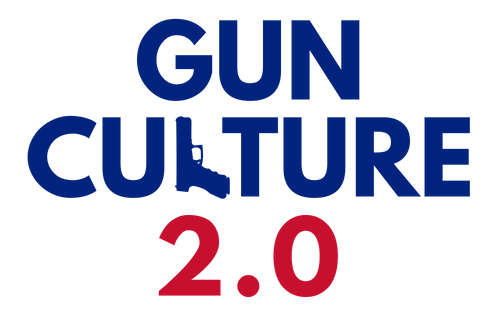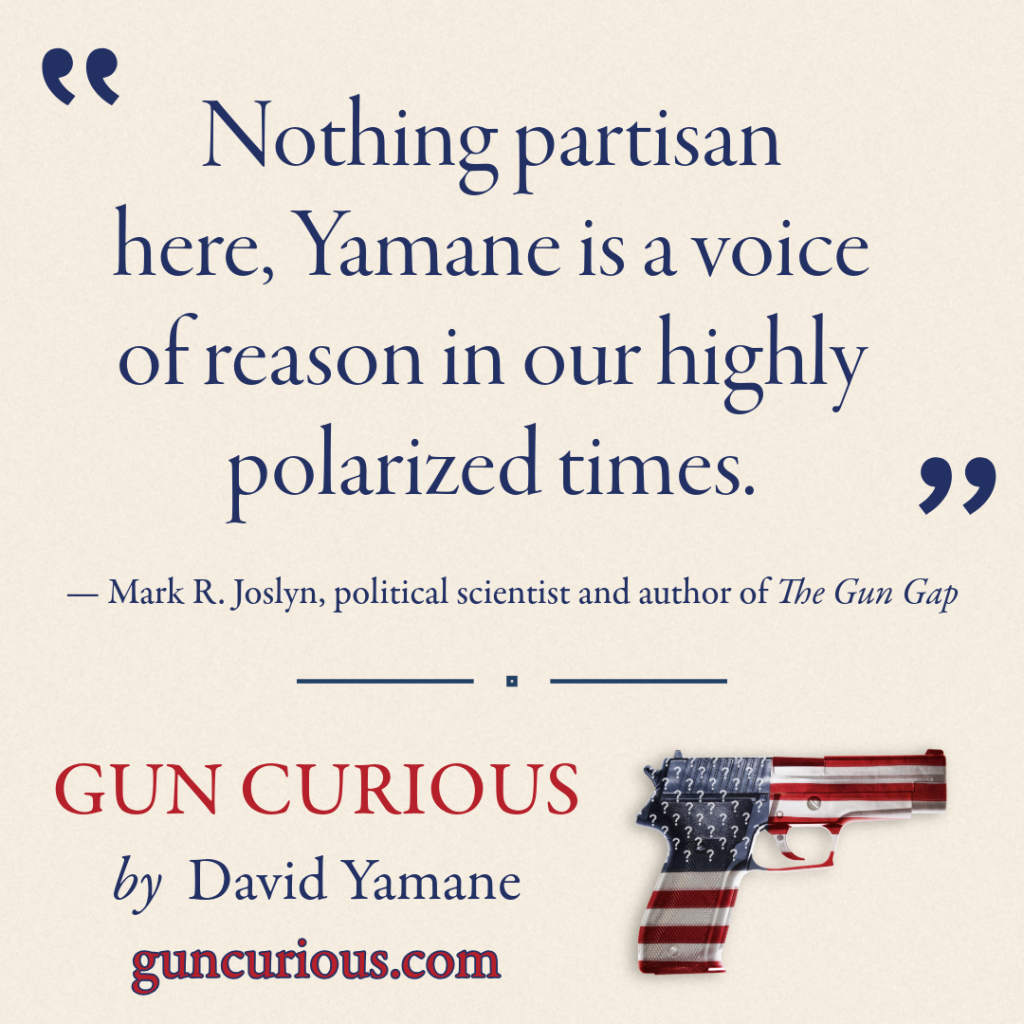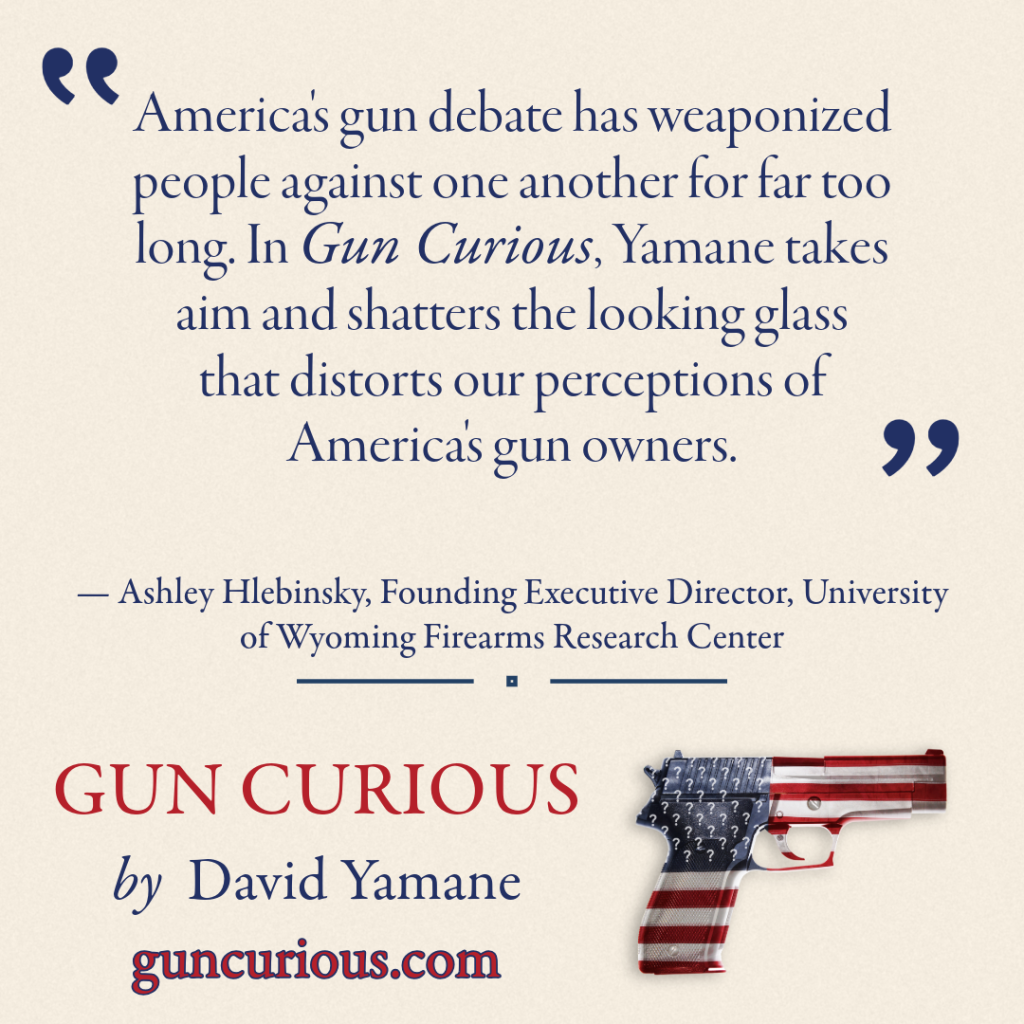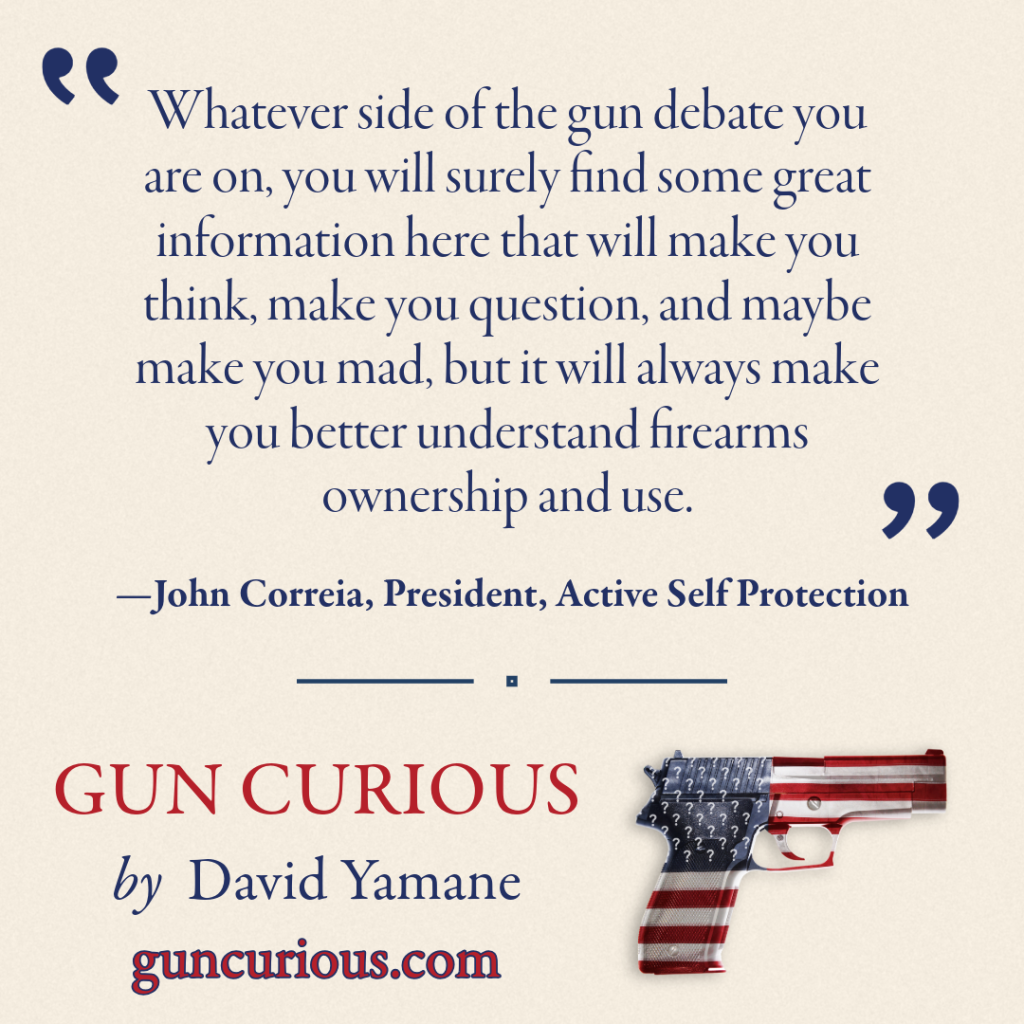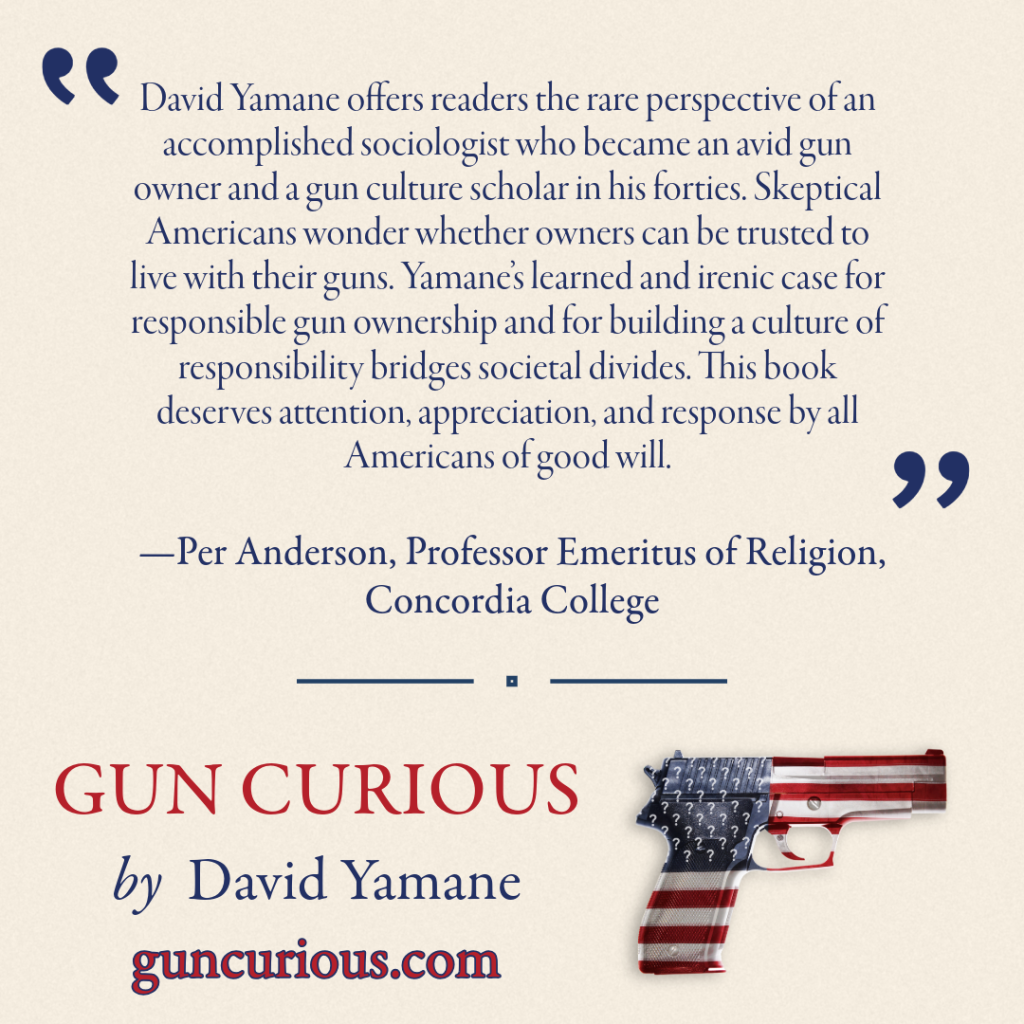Gun Curious will be published this Saturday, June 1st! Readers of the book will see ideas I have been exploring in various places over the years as I have tried to understand American gun culture.
Read a brief description of the book and each of the chapters below.
Request Gun Curious at your local bookstore or buy it at these retailers:
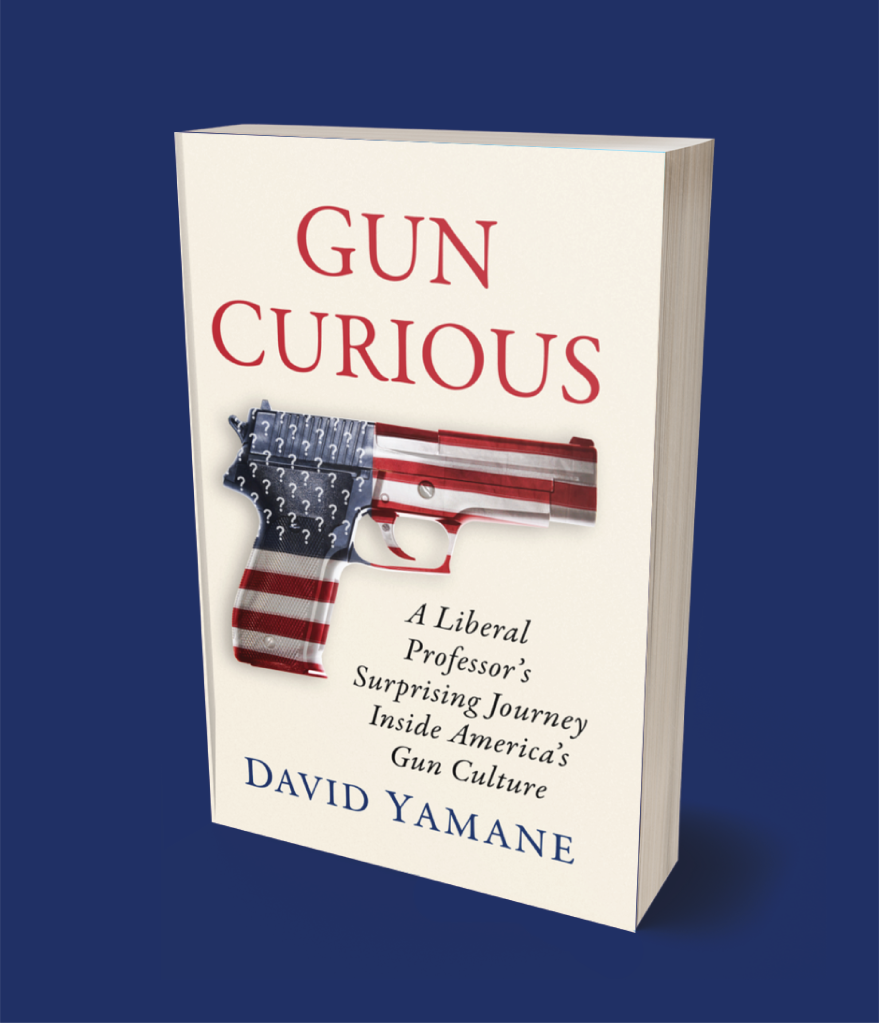
BOOK DESCRIPTION
In Gun Curious, I use the story of my surprising 12-year journey inside America’s gun culture to explain why nearly 100 million American civilians own hundreds of millions of firearms. The book illuminates controversial issues like AR-15s concealed carry, the risk of negative outcomes associated with firearms, and what responsible gun ownership looks like in the twenty-first century.
Gun Curious shows there is more to guns than criminal violence, injury, and death; more to gun owners than straight white men; and more to gun culture than democracy-destroying right-wing politics.
Most of all, Gun Curious lowers the heat on America’s inflamed arguments about firearms and models the civil discussions we desperately need right now.
TABLE OF CONTENTS
Introduction. How a Liberal Professor Became an Armed American
The introductory chapter tells the story of how I—a liberal professor who had never seen, touched, or fired a real gun—became gun curious and then a gun owner and concealed carry permit holder in my forties. It places this story in the broader context of a shift in American gun culture from hunting and recreational shooting to armed self-defense. In doing so, this chapter introduces the major themes running through the book: gun curiosity, the normality of guns and gun ownership, and the rise of Gun Culture 2.0.
Chapter 1. Guns are Normal, Normal People Use Guns
Several years after I began my transition into being a gun owner and gun scholar, I was a guest on a friend’s podcast. When he asked me at the end for my big takeaway, I said something that turned out to be more significant than I expected. “The thing that has surprised me most about getting into gun culture these past 6 or 7 years,” I said, “is that gun owners are people, too. If you just read the scholarly literature on guns, you would not know that.” In the years since that podcast appearance, I have further refined my point of view into a motto: Guns are normal and normal people use guns. This chapter elaborates this perspective in contrast to dominant approaches focused exclusively on gun negatives.
Chapter 2. Top Shot and the Human-Weapon Relationship
When I say guns are normal and normal people use guns, I am not merely describing the contemporary American scene. The normality runs far deeper. Using projectile weapons is behaviorally normal for Homo sapiens as a species. Today’s widely owned civilian firearms are part of an unbroken thread of a human-weapon relationship stretching back to rocks in the uniquely evolved hands of our prehistoric ancestors. In this chapter, I unfold a series of unlikely events that resulted in this understanding. These include accidentally watching “Survivor Australian Outback” which led me to the History Channel’s Survivor-style marksmanship reality show “Top Shot.” Years later, I would get to know the Executive Director of the Liberal Gun Owners, Randy Miyan, an auto-didact who showed me the evolutionary relationship between Homo sapiens and projectile weapons. Only then could I see the ultimate grounding of contemporary firearms ownership that “Top Shot” earlier suggested.
3. Becoming a Gun Super-Owner
This chapter explains why Americans own so many firearms by exploring how I built my personal arsenal of 13 guns. America is truly awash in a sea of firearms. But these 300+ million civilian-owned guns are not equally distributed among gun-owning adults. Just 3% of American adults own over half of the civilian gun stock. These personal collections range from 8 to well over 100 firearms. Reporting this finding, The Guardian proclaimed the “rise of hardcore super owners.” For those unfamiliar with guns, these numbers can seem staggering. But gun super-ownership is far from an exclusive club, boasting as it does some 8 million members, myself included. This chapter shows why accumulating a Gun Super-Owner level arsenal can be quite easy and sensible.
4. Living with AR-15s
As one of the most widely owned and strongly reviled firearms in the U.S., AR-15s deserve separate consideration. In this chapter, I dwell on the question: Why do civilians own AR-15s? This question is one I frequently hear when people learn that I study American gun culture. Sometimes the question is motivated by genuine curiosity. But more often it is a statement masquerading as a question: Civilians should not be able to own AR-15s. Even though very little of the gun violence we see today is committed with “assault rifles,” some of the most high-profile instances are, leading many to seek their ban. I have thought about the question of civilian ownership of AR-15s since the first time I shot one early in my career as a gun owner. As I have become more familiar with these rifles over the years—their development and relationship to military weapons, functionality and flexibility, and diverse uses—I have become more at ease living with them. In this chapter, I discuss the history and attraction of AR-15s and explain why so many ordinary Americans, like me, own them.
5. Swept Up in the Concealed Carry Revolution
Not all those who own guns, even for self-defense, choose to carry those guns concealed in public. Those who want to carry concealed today benefit from the dramatic liberalization of gun laws over the past 40 years. We often think of laws as constraining what we can do, but laws also enable behavior. It is far easier for a private citizen to legally carry a concealed firearm in the U.S. today than at any time since the early 1800s. In this chapter, I tell the story of how I and millions of others have gotten swept up in this concealed carry revolution.
6. Pascal’s Wager and Firearms
Why on Earth does someone need to carry a gun to get a gallon of milk at the grocery store? Aren’t you more likely to get struck by lightning than to defend yourself with a gun? What are you so afraid of? I have been asked these questions, and more, when people find out I keep and carry guns for self-defense. I have, in fact, asked myself these sorts of questions. Although legally permitted, whether gun owners should carry firearms in public is a distinct and vital question. This decision involves a complex—and ongoing—process of risk assessment. The focus of risk management with guns is not on the probability of needing a weapon, but on the high cost of betting that you don’t and being wrong. As I explain in this chapter, this is the armed American version of Pascal’s Wager.
7. Guns as a Risk Factor for Negative Outcomes
I became a gun owner, in part, to reduce the costs of violent victimization in my home and in public. But in insuring myself against catastrophe, was I actually making myself safer? Or was I introducing more and unnecessary risk into my life? The firearms version of Pascal’s Wager explained in the previous chapter notwithstanding, we need to consider the potential benefits of guns in the context of the downside risks. As my friend and gun trainer John Johnston says, “Before you ever consider any ‘good’ you might do with a gun, consider all of the ways it can go ‘wrong.’” I engage in such a consideration in this chapter by focusing on guns as a risk factor for the kinds of negative outcomes (homicide and suicide) that rightly concern both scholars and citizens.
8. Becoming a Responsibly Armed Citizen
There is an old saying in the gun training community, “You are no more armed because you are wearing a pistol than you are a musician because you own a guitar.”
As I learned early in my career as a gun owner, wearing a pistol and being a responsibly trained armed citizen are two different things. Serious gun training has helped me develop from one to the other over the years. In this chapter I describe how defensive gun training involves not just learning how to use firearms, but developing a mindset oriented toward avoiding situations in which that is necessary. Today I understand more about when and how to detect, avoid, and evade trouble. I know more practically and tactically about how and when to shoot (and not to shoot), legally when I can shoot, and ethically if I should shoot. I have a diverse defensive toolkit that maximizes my choices as a responsibly armed citizen.
Conclusion. What the Professor Learned Dichotomous thinking dominates our polarized political system where guns are a wedge issue. Guns are seen either as the salvation or destroyer of democracy. We can either have gun rights or public safety. If there is a single overarching lesson I have learned in my search for the truth about American gun culture, it is the importance of understanding that guns are not one thing, but many—and paradoxical at that. In this concluding chapter, I stand back from the specific insights of each chapter and offer five major lessons I have learned from my surprising journey inside American gun culture. I hope they move us away from the heat of polarizing disagreement and toward the light of a more nuanced understanding of this fundamental reality of American life today.
